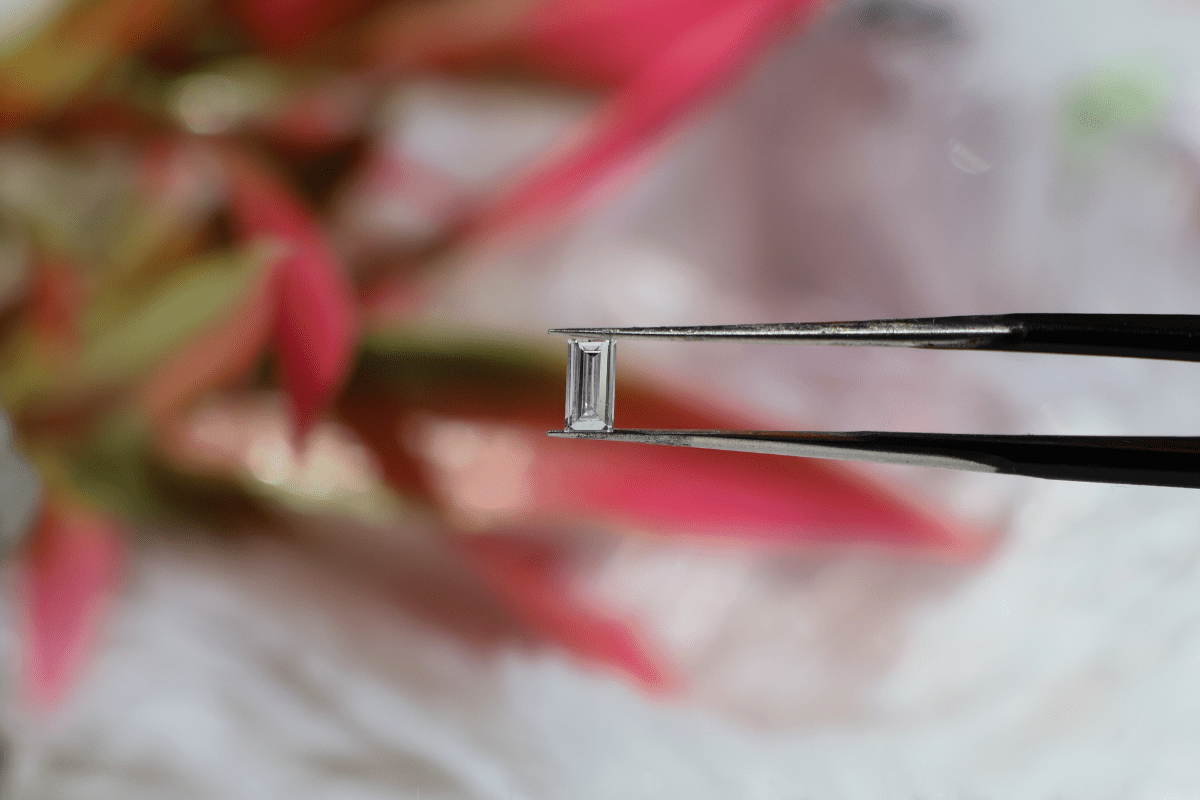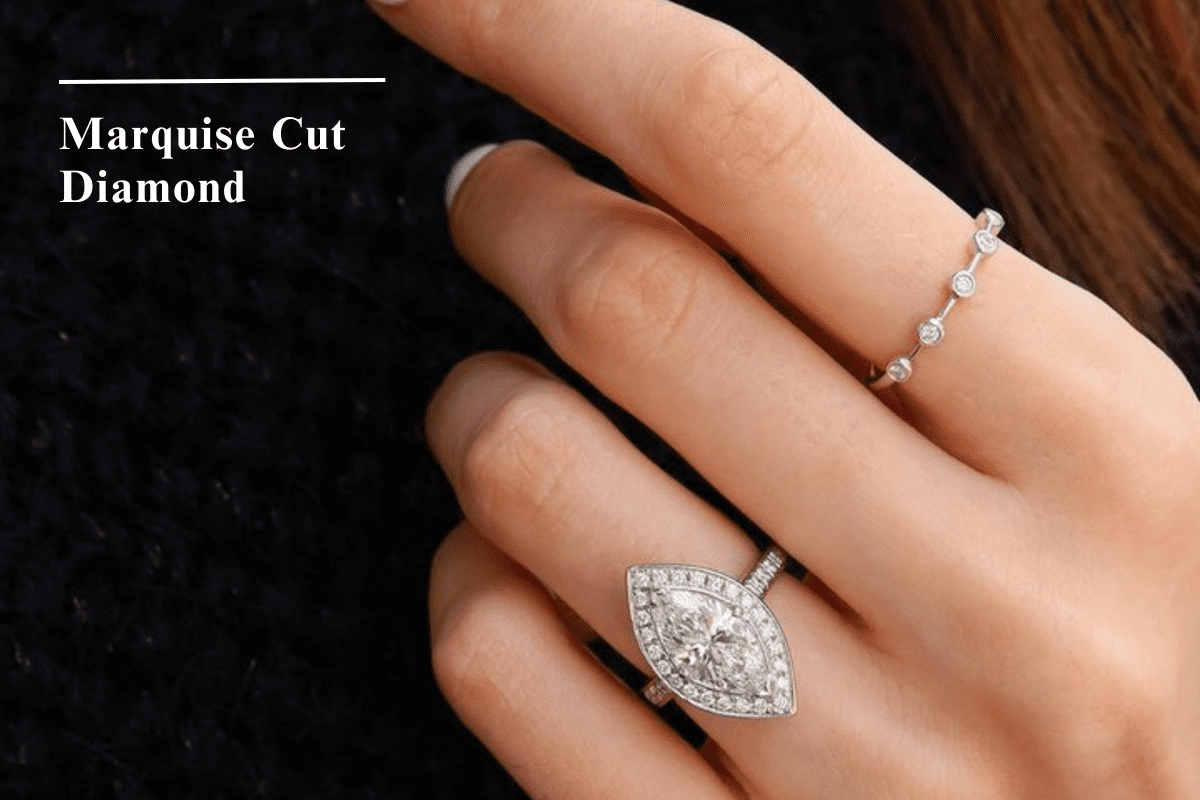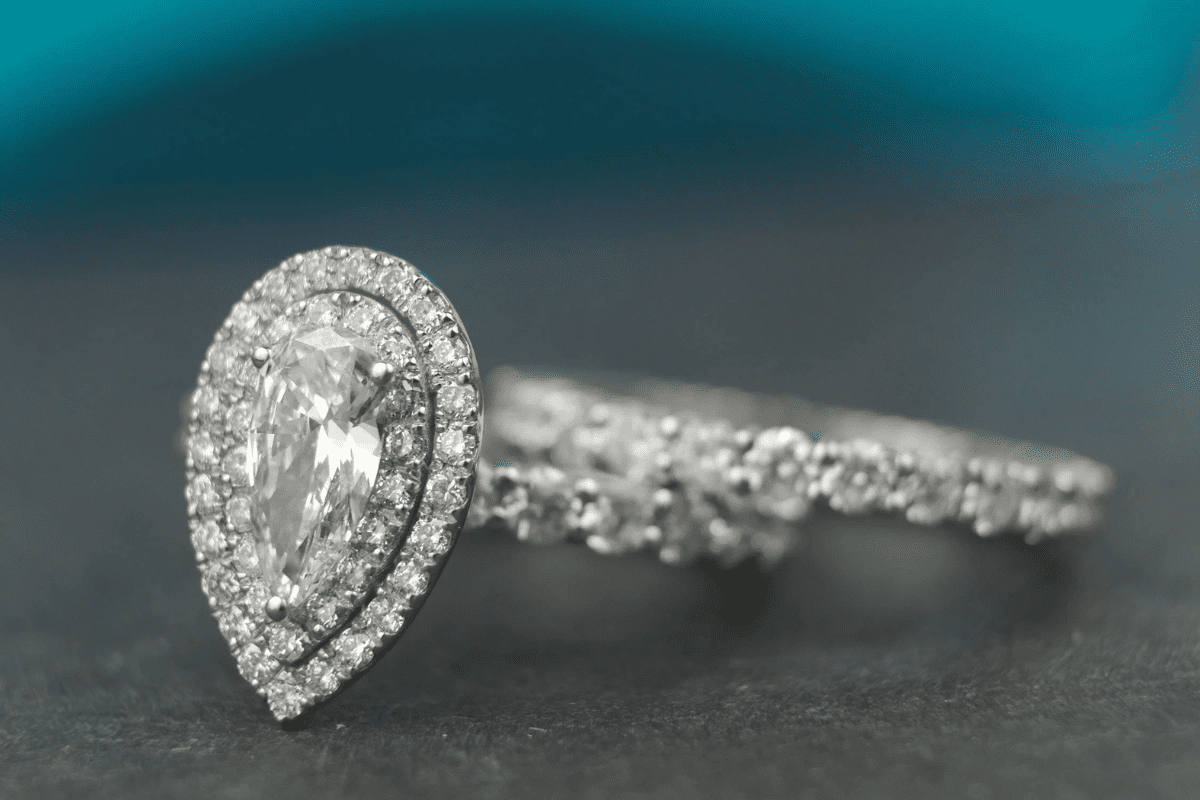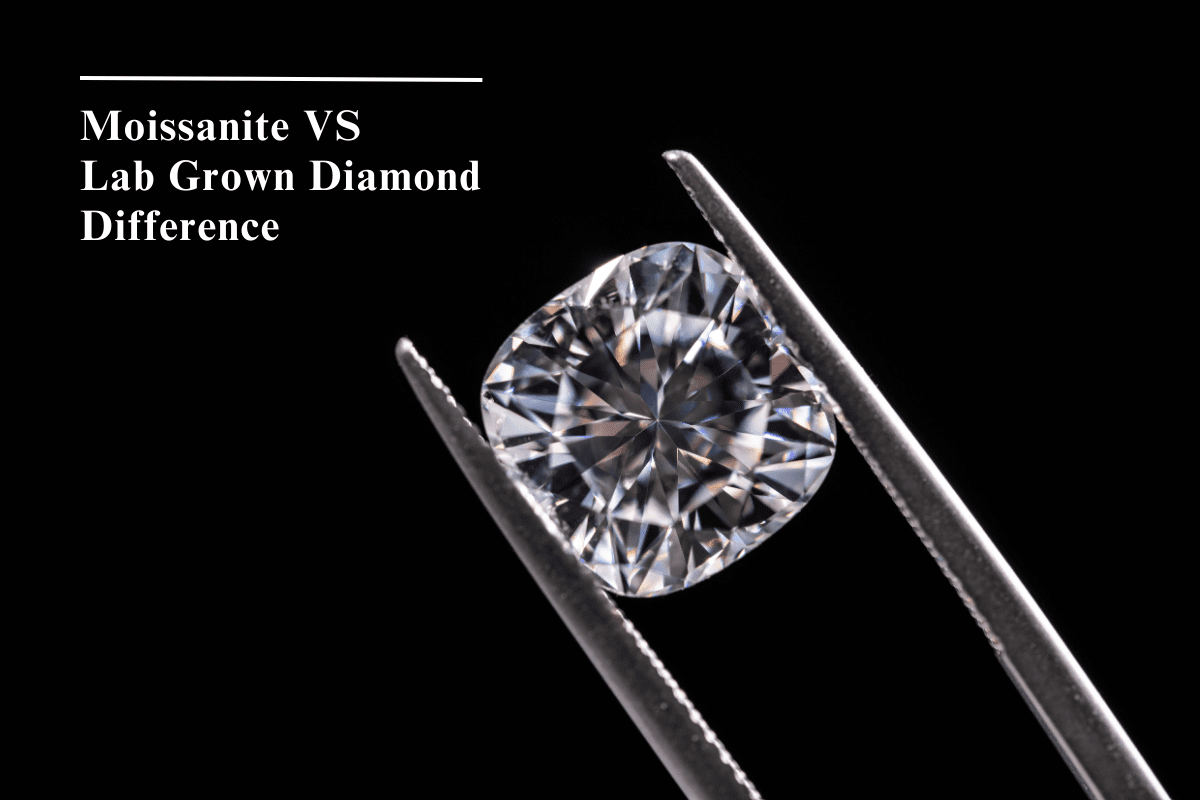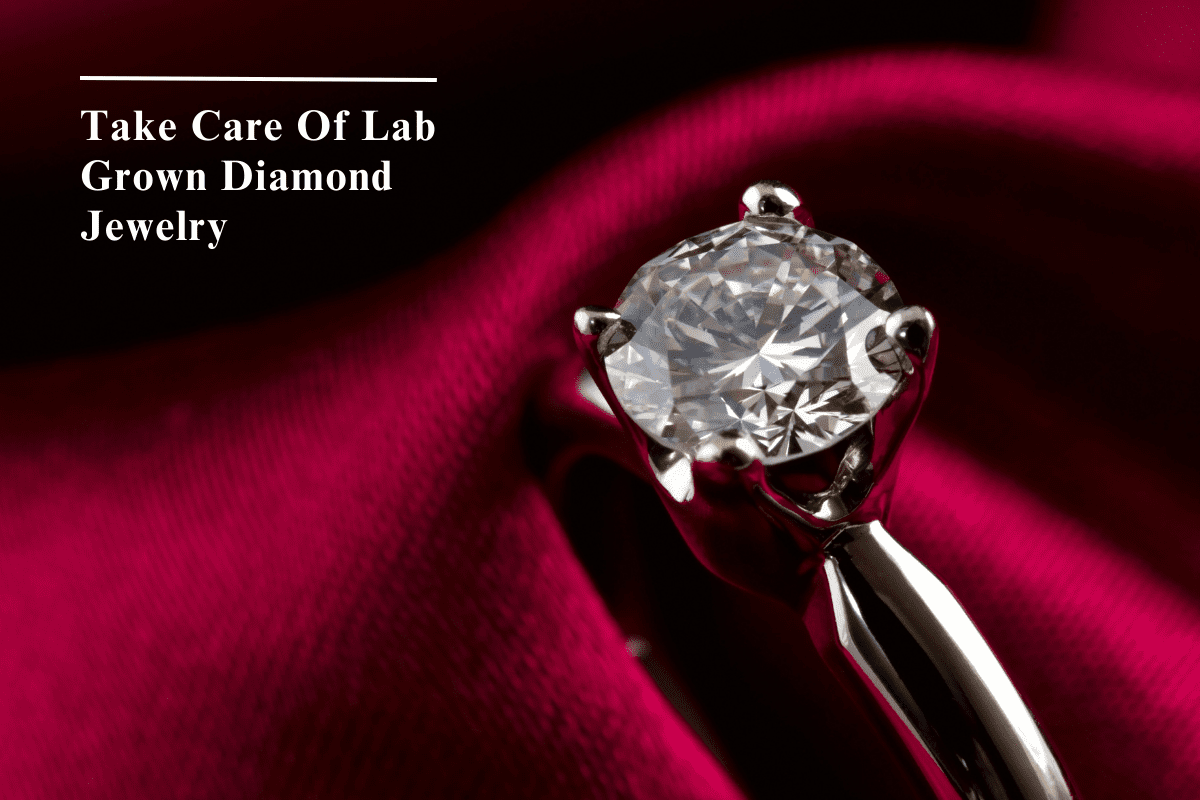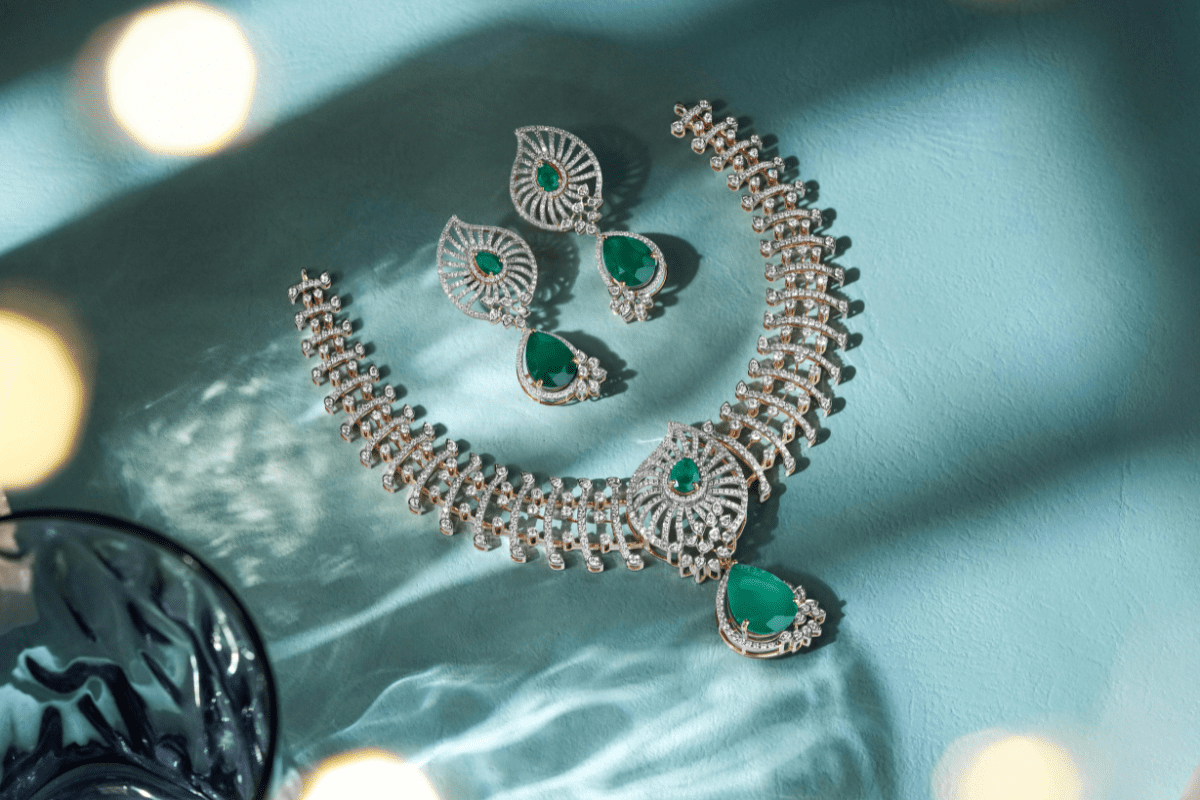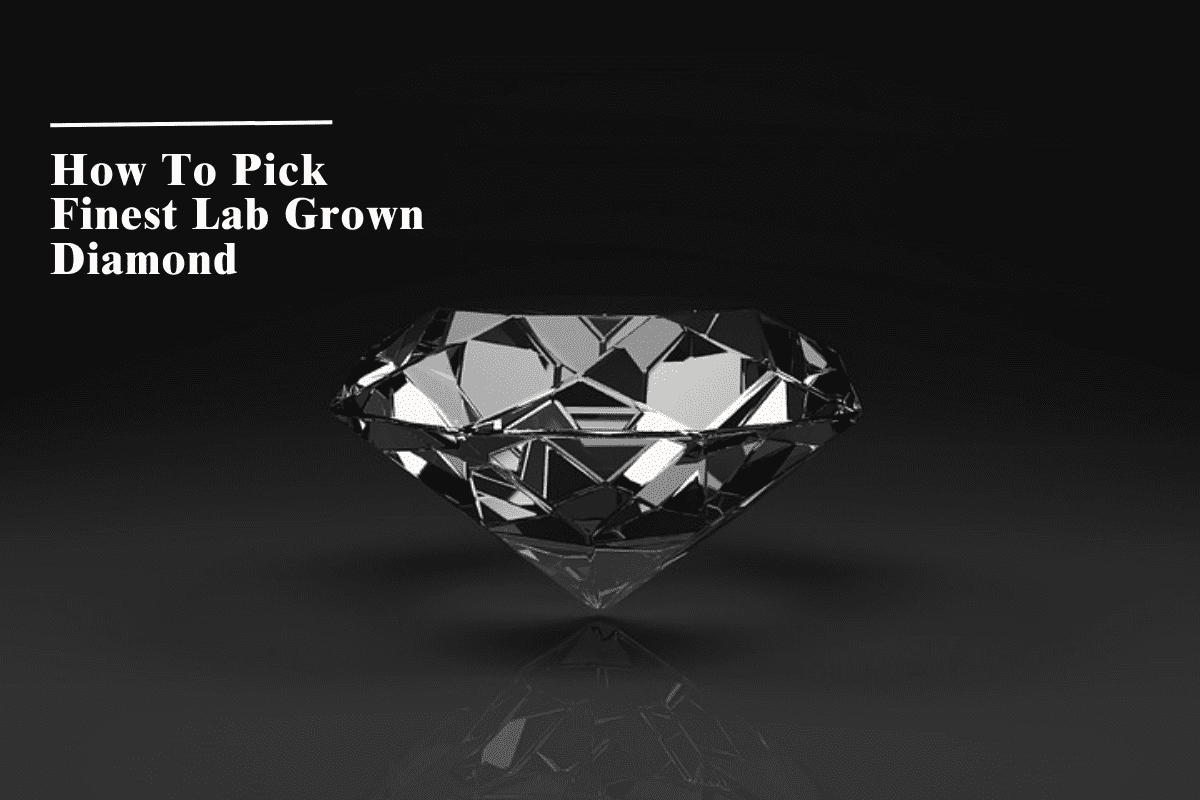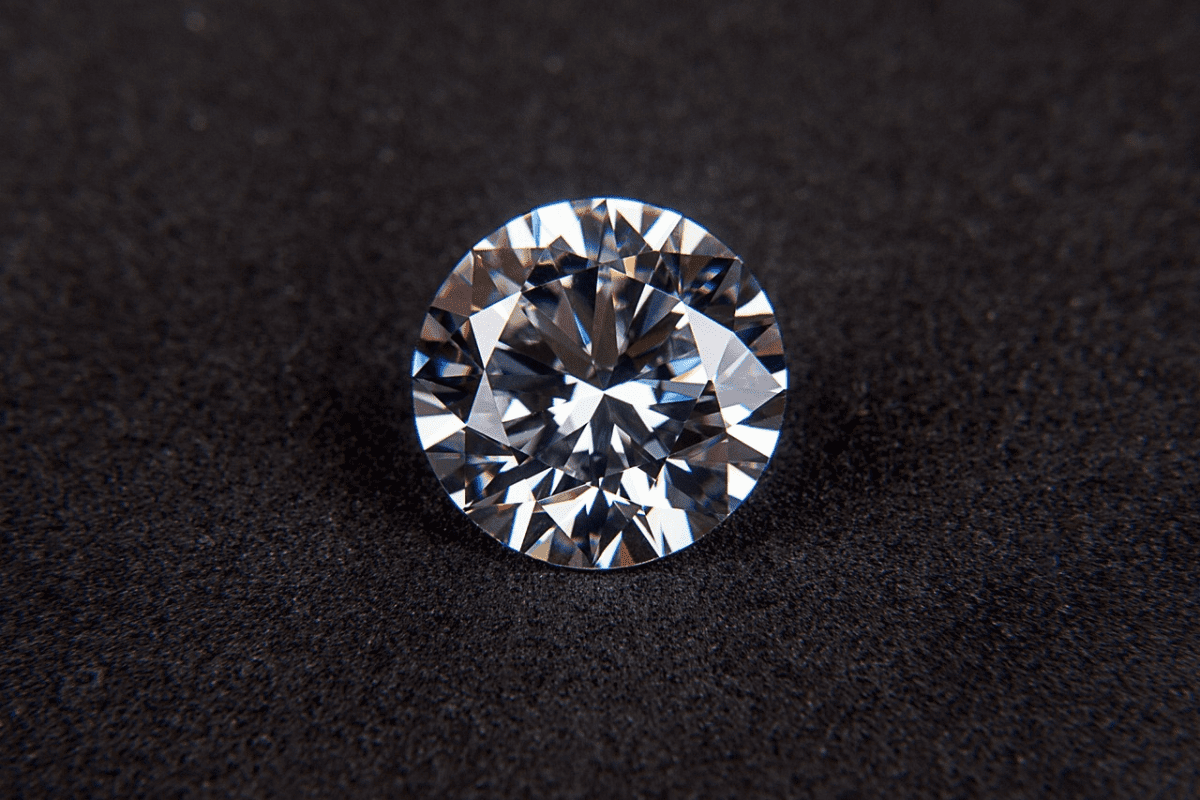Cushion Cut Diamond
Cushion Cut Diamond: A Timeless Blend of Elegance and Charm
If you’re searching for a diamond that combines vintage allure with modern sophistication, the cushion cut might be your perfect match. Known for its soft, romantic appearance and versatility, this cut has become a favorite for engagement rings and heirloom jewelry. In this guide, we’ll explore everything you need to know about cushion cut diamonds—from their history to how they stack up against other cuts.
1. What Is a Cushion Cut?
Square or rectangular with rounded corners and large, pillow-like facets are how the cushion cut diamond earns its name. The classically shaped cushion cut balances both the sparkle of a modern brilliant cut and a soft romantic silhouette, evocative of antique jewelry. The standard cushion has about 58 facets, like a round brilliant stone, but the much larger facets cause the cushion at times to exhibit a distinctive crushed ice or chunky sparkle effect, depending on how it was cut.
They’re available in two primary variations:
Modified Brilliant Cushion: Maximizes sparkle with smaller, intricate facets.
Antique Cushion: Features larger facets for a subtle, vintage glow.
2. History of the Cushion Cut
The cushion cut has a long and interesting history dating back to the 18th century, when it evolved from the "old mine cut," a hand-cut diamond popular in Georgian and Victorian times. Old mine cuts were fat, deep, and designed to maximize carat weight under candlelight.
By the beginning of the 20th century, with the aid of modern technology, what has been called "the modern cushion cut" was born, which retained the round corners of older cuts but shaded the additional facets that would give it brilliance. Daniela's cushion vividly embraces modern lines with timeless appeal, often embedded in vintage-inspired and contemporary designs.
3. The 4Cs of Cushion Cut Diamonds
When choosing a cushion cut diamond, knowing the 4Cs—Cut, Color, Clarity, and Carat—should help you with your purchase.
Cut:The proportions of cushion cuts vary. Well-cut cushions should have symmetrical facets on the face and balanced depths of 60-68% depth percentages. Stay away from stones that are overly deep (hides size) or too shallow (loses sparkle).
Color:Cushion cuts tend to show color more than the round brilliants do. G-H shall offer near-colorless beauty without overspending.
Clarity:Anything with VS2 clarity or higher will do so as inclusions will not be visible to the naked eye. However, on some occasions, the larger facets of the cushions can also highlight blemishes.
Carat:Due to their shape, cushion cuts can look smaller than round diamonds of the same carat. Place cut quality above size for optimum effect.
4. Cushion Cut vs. Other Diamond Shapes
Cushion vs. Round Brilliant:Round Diamonds will have much more sparkle, while the cushion cut offers a gentler, much older look. Cushions tend to be 10-20% cheaper per carat.
Cushion vs. Princess Cut:Princesses are modern in shape and sharp; cushions are much softer and romantic. Sparkle-wise, they are almost the same, but Princess cuts may show slightly more sparkle because cushions hide inclusions better.
Cushion vs. Oval:Both cuts can be described as elongated; however, ovals will make the finger look slimmer. Cushions will give a chunkier, more symmetrical appearance.
5. Pros and Cons of Cushion Cut Diamonds
Pros:
Converts the graceful old-world charm to an updated versatile dimension.
More inclined to mask set of inclusions than less number of cuts.
Unique sparkle pattern (Heavenly for people with "not typical" round shapes).
Cons:
Not as brilliant as round or princess cuts.
May appear smaller than it actually is on a per carat basis.
May create a dark area in the center, thus referred to as the "bowtie effect."
6. Best Settings for Cushion Cut Diamonds
Halo Setting: This setting enhances the size and shimmer of the diamond when surrounded by a ring of smaller diamonds.
Solitaire Setting: A minimalist elegance that allows the shape of the cushion to shine in all its glory.
Three-Stone Setting: In placing these three stones, you can talk of the past, present, and future and use the tapered baguettes to link the three diamonds together.
Vintage-Inspired Settings: These might be good options to consider for that old-world charm-an air of filigree or mi graining.
7. FAQs About Cushion Cut Diamonds
Q: Are cushion cut diamonds cheaper than round?A: Yes! They are typically so from low demand, and it is further cut waste that makes them that way.
Q: Do cushion cuts sparkle enough?A: Not quite as fiery as rounds, but their broad facets are excellent for creating a romantic glow.
Q: What’s the best ratio for a cushion cut?A: 1:1 is square, 1:1.05-1:1.15 only very slightly elongated, and have personal preferences for each!
Where To Buy
Create cushion cut diamond jewelry at Leranath. Ethically sourced, handcrafted, and designed by you. Start your custom journey here.
1. Browse Our Inventory
Curated Selection: Explore ready-to-ship marquise diamonds and classic designs, all ethically sourced and certified.
2. Create Custom Jewelry
Bespoke Designs: Collaborate with our artisans to craft a one-of-a-kind marquise ring, pendant, or heirloom.
Control Every Detail: Choose your diamond, metal, setting, and accents (halos, side stones, engravings).
3. Let’s Inquire
Expert Guidance: Book a free virtual consultation to discuss ideas, budgets, and timelines.
Lifetime Care: Enjoy warranties, resizing, with every purchase.
8. Conclusion
The cushion-cut diamond is classic for those who love the vintage stylish modern ring. Its versatility in settings, hiding all imperfections, and its character make it an excellent candidate for engagement rings, earrings, or statement jewelry. With the cut quality at the top end and in the right setting, you will own something that means something and is also fabulous to look at.
Whether for its history or for its soft sparkle, the cushion cut will charm through the ages. Are you ready to find yours?


